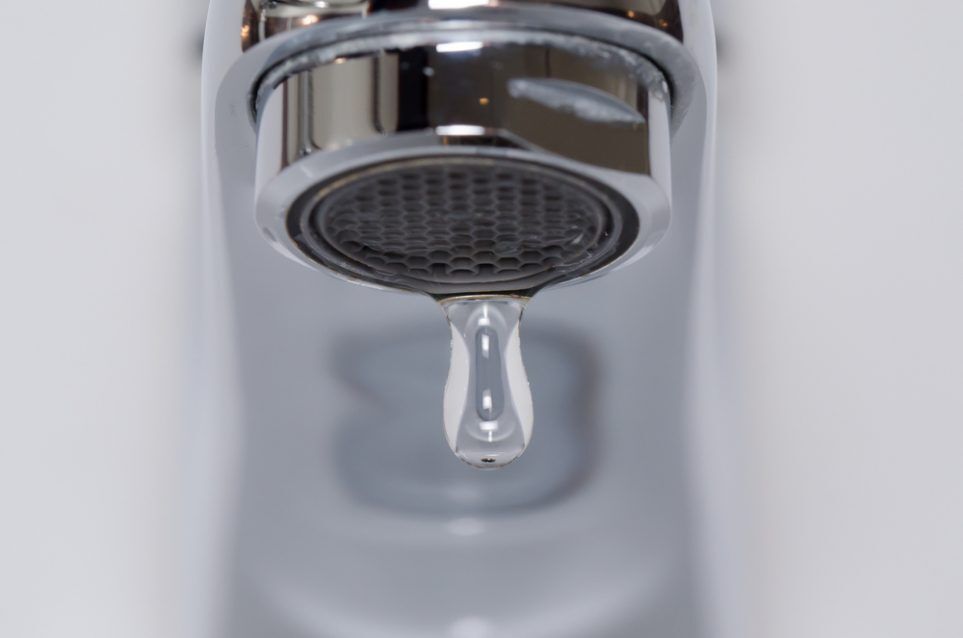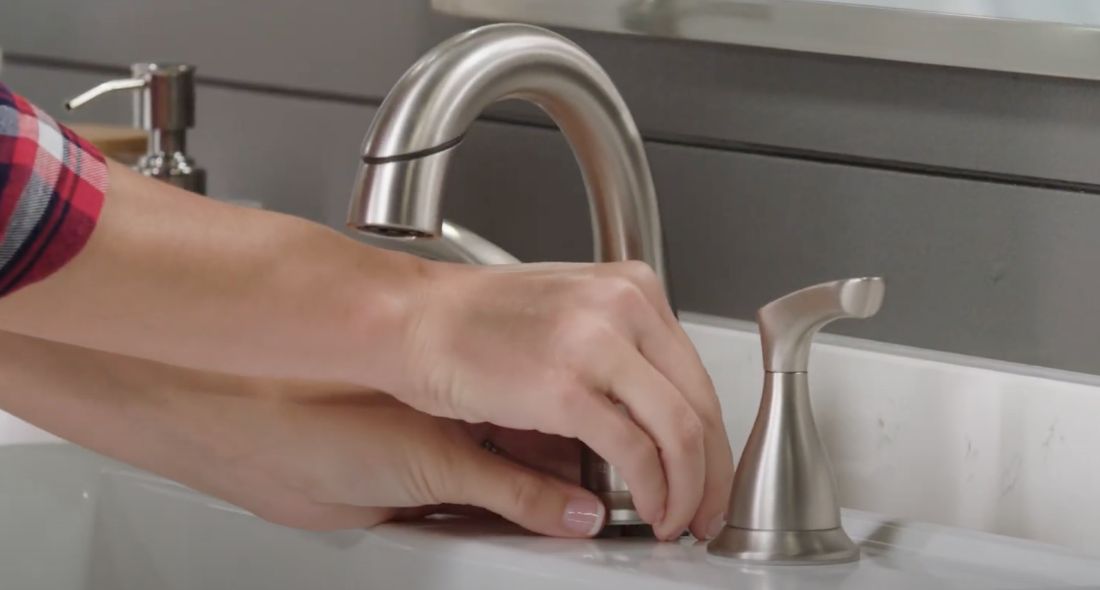How It's Essential to Fix a Dripping Faucet
How It's Essential to Fix a Dripping Faucet
Blog Article
This article down the page involving Why Are My Faucets Dripping (And Can I Fix It Myself)? is relatively attention-grabbing. Check it out for your own benefit and decide what you think about it.

Trickling taps could look like a minor inconvenience, however their impact goes beyond simply the annoyance of the noise. From wasting water to incurring unneeded monetary costs and health and wellness threats, disregarding a leaking tap can lead to various repercussions. In this post, we'll look into why it's essential to address this common household issue promptly and efficiently.
Wastage of Water
Environmental Influence
Dripping taps contribute substantially to water wastage. According to the Environmental Protection Agency (EPA), a single tap dripping at one drip per second can throw away greater than 3,000 gallons of water each year. This not just stress water sources yet additionally impacts ecological communities and wild animals depending on them.
Financial Costs
Enhanced Water Costs
Beyond the ecological influence, dripping faucets can inflate water costs considerably. The accumulated wastage in time converts into greater utility expenditures, which might have been prevented with timely repair services.
Possible Residential Or Commercial Property Damage
In addition, extended leaking can lead to harm to fixtures and surfaces bordering the faucet. Water accumulation can create discoloration, corrosion, and even architectural issues if left neglected, leading to added repair expenses.
Health Worries
Mold and Mildew Development
The constant existence of dampness from a leaking tap develops a suitable setting for mold and mildew development. These fungis not just compromise interior air top quality yet also position health and wellness threats, specifically for people with breathing problems or allergic reactions.
Waterborne Conditions
Stationary water in trickling taps can come to be a breeding place for microorganisms and various other microorganisms, boosting the danger of waterborne conditions. Impurities such as Legionella germs flourish in stationary water, possibly leading to serious illnesses when ingested or inhaled.
Do it yourself vs. Specialist Repair service
Pros and Cons of Do It Yourself Repair
While some might attempt to repair a trickling faucet themselves, DIY repair services feature their own set of difficulties. Without appropriate expertise and devices, do it yourself efforts can exacerbate the issue or result in incomplete repair services, lengthening the trouble.
Advantages of Working With a Specialist Plumber
Working with a specialist plumber makes certain that the underlying cause of the leaking faucet is addressed effectively. Plumbings possess the knowledge and equipment to diagnose and fix faucet issues efficiently, conserving time and lessening the risk of further damages.
Step-by-Step Overview to Taking Care Of a Dripping Faucet
Devices Needed
Before trying to take care of a dripping tap, collect the required devices, consisting of an adjustable wrench, screwdrivers, replacement components (such as washing machines or cartridges), and plumber's tape.
Typical Faucet Issues and Their Solutions
Recognize the kind of tap and the particular concern triggering the drip. Usual problems consist of damaged washers, rusty valve seats, or malfunctioning O-rings. Describe producer directions or on-line tutorials for step-by-step assistance on fixings.
Preventive Measures
Routine Upkeep Tips
To stop leaking taps, execute regular upkeep such as cleaning up aerators, checking for leakages, and changing damaged components without delay. Additionally, consider installing water-saving devices or upgrading to much more efficient components.
Relevance of Prompt Repairs
Attending to trickling faucets as soon as they're discovered prevents further water wastefulness and prospective damages, eventually saving both water and cash over time.
Impact on Residential Property Value
Perception of Well-Maintained Building
Preserving a residential property in good condition, including resolving maintenance concerns like dripping taps, enhances its viewed worth and value amongst potential purchasers or tenants.
Influence on Resale Worth
Residences with properly maintained plumbing fixtures, including taps, command greater resale worths in the property market. Addressing leaking taps can add to a favorable impression during home examinations and negotiations.
Environmental Obligation
Individual Payment to Conservation
Taking duty for repairing trickling faucets straightens with more comprehensive initiatives towards water preservation and environmental sustainability. Every individual's activities collectively make a considerable influence on maintaining valuable sources.
Lasting Living Practices
By focusing on punctual repair work and adopting water-saving routines, people contribute to sustainable living techniques that profit both existing and future generations.
Conclusion
Addressing a leaking tap goes beyond simple benefit; it's an important action toward preserving water, lowering economic expenses, and guarding wellness and building. Whether via DIY repairs or specialist assistance, acting to deal with dripping faucets is a tiny yet impactful means to promote responsible stewardship of resources and contribute to a healthier, much more sustainable future.
How to Fix a Leaky Faucet: Step-by-Step Repair Guide
A leaky faucet may seem like a simple annoyance, but if it's not fixed promptly, that leak could cost hundreds to potentially thousands. From water damage to mold, mildew, and high water bills, even a tiny leak can be catastrophic if left unattended. Damage like this can even affect the overall value of your home, so it's important to take the right approach for leaky faucet repair. You may need the help of a plumber in some cases, but we've got a few tips you can try on how to fix a leaky faucet before calling the pros.
Four Faucet Types
When you're learning how to fix a leaky faucet, the first step is knowing what kind of faucet you're working with! There are four common types.
Cartridge Faucets
Cartridge faucets come in one- or two-handled varieties. In one-handled cartridge faucets, hot and cold water combines in a single cartridge. In the two-handled versions, hot and cold water are controlled separately and mixed in the faucet.
Ball Faucets
Ball faucets have a single lever you push up and down to adjust the pressure and rotate to change the temperature. A slotted metal ball controls the amount of water allowed into the spout.
Compression Washer Faucets
They're the oldest type of faucet, but they're still used in many homes — especially older ones. Compression faucets have two separate handles that, when turned, raise or lower the washer that seals a water valve. This valve stops water from flowing through the faucet when it is turned off.
Disc Faucets
Disc faucets rarely need to be repaired due to their maintenance-free design. The water flow is controlled by two discs — the upper one raises and lowers against a fixed lower disc, creating a watertight seal. If your disc faucet starts leaking, you may need to replace the seals or clean residue buildup from the inlets.
Fixing a Leaky Faucet
Step 1: Turn Off the Water
Whether you're learning how to fix a leaky bathtub faucet or how to fix a leaky kitchen faucet, always turn off the water supply to your working area when you're fixing a leak. The last thing you want is a flood added to your list of things to fix.
Look for the shutoff valves below your sink or around the tub and turn them clockwise to stop the water flow. If your faucet doesn't have shutoff valves, you may need to turn off the water for the whole house. Check to make sure it's off by turning the faucet on. If nothing comes out, you're ready to start the repair.
Step 2: Take Apart the Faucet
How you disassemble your faucet depends on the type of fixture you have. You can use a flathead screwdriver to remove the caps on top of the handle or handles for cartridge and compression faucets. Inside, you should see handle screws. Unscrew these with a screwdriver to remove the handle.
Disc- and ball-style faucets will typically have an inlet screw near the handle, and removing that will reveal the interior of the faucet.
Detach the Valve Stem
For cartridge- and compression-style faucets, you'll see the inner valve stem or cartridge once you remove the faucet handles. If you have a compression faucet, unscrew the brass valve stem. If you have a cartridge faucet, pull out the cartridge. If your cartridge has been in place for a while, it may require some tools or extra force to remove it due to mineral deposits.
Examine and Replace Parts
Once you've removed the parts, check them out to confirm what needs to be replaced. You may see corroded rubber washers, O-rings, stems, or cartridges. On a ball-style faucet, check the seats and springs for damage.
If you need to repair a leaky disc faucet, check the inlet and seals on the lower disc.
Once you determine what parts must be replaced, visit your local hardware store. Bring the damaged parts with you to ensure you can purchase the correct components to replace them.
Clean Valves and Faucet Cavity
If you've removed a stem or cartridge, you may notice mineral buildup in the faucet's threads. Use white vinegar to clean the valve seat by soaking it for a few minutes, then scrub it away with a soft toothbrush and rinse with warm water. You can also clean the interior of the faucet in the same way.
Reassemble the Faucet
Once your faucet is cleaned and the required parts have been replaced, it's time to reassemble it. Put the pieces back together and slowly turn the water supply back on. Doing this slowly is crucial because too much initial water pressure can damage the new hardware you've just installed.
https://homewarranty.firstam.com/blog/how-to-fix-leaky-faucet

I was shown that article about Why Are My Faucets Dripping (And Can I Fix It Myself)? from someone on our other web address. Don't hesitate to take the time to distribute this blog posting if you enjoyed reading it. We treasure reading our article about Why Are My Faucets Dripping (And Can I Fix It Myself)?.
Report this page